In the dynamic landscape of online publishing, the quest for the most lucrative ad networks is an ongoing pursuit for publishers seeking to maximize their revenue streams. While Google AdSense has long been synonymous with online advertising success, the rapidly evolving ad tech industry unveils a myriad of alternatives that promise competitive advantages and enhanced monetization opportunities for publishers in 2023.
The assumption that AdSense reigns supreme may be commonplace, but it is essential for publishers to recognize the diverse array of ad networks capable of challenging Google’s dominance. The evolution of technology and the emergence of innovative platforms have ushered in a new era where publishers have the opportunity to explore alternatives that may surpass traditional expectations.
Embarking on the journey to discover the best ad networks involves a strategic blend of experimentation and analysis. Publishers must be willing to engage in a series of hit-and-trial endeavors to discern which ad network, or combination thereof, yields the highest revenue potential for their specific audience and content. This dynamic process empowers publishers to unlock the full potential of their websites, strategically leveraging ad networks to optimize monetization efforts and achieve financial success in the ever-evolving digital landscape. As we delve into 2023, the spotlight shifts beyond the familiar terrain of Google AdSense, beckoning publishers to explore new frontiers in the pursuit of the best ad networks for their unique needs.
Understanding the Role of Ad Networks in Monetization Strategies
In the intricate landscape of online advertising, an ad network serves as a pivotal mediator, orchestrating a complex dance between publishers (on the supply side) and advertisers (on the demand side) to facilitate the seamless exchange of digital inventory. At its essence, an ad network is the conduit through which the right impressions find their way to the right buyers, playing a crucial role in helping both publishers and advertisers achieve their respective campaign goals.
As the dynamics of inventory exchange grow increasingly intricate, the functions of ad networks diversify. For publishers, these networks may act as direct sellers of inventory, or they may engage in the strategic acquisition of inventory from SSPs or ad exchanges, subsequently selling it at a premium for optimal profitability.
Publishers, often specializing in specific ad formats, find a strategic ally in ad networks. These networks become instrumental in connecting publishers with the most lucrative opportunities tailored to their preferred ad formats. For example, CPM ad networks like Criteo are renowned for offering top-notch CPM rates, while video ad networks like Unruly specialize in delivering exceptional video content opportunities.
In essence, comprehending the role of ad networks is integral for publishers navigating the multifaceted realm of monetization. These networks act as catalysts for revenue generation, connecting publishers with a spectrum of opportunities that align with their content and audience. As we delve into 2023, understanding the nuanced functions of ad networks becomes paramount for publishers striving to optimize their monetization strategies in an ever-evolving digital landscape.
The Significance of Ad Networks in the Digital Advertising Ecosystem
In the intricate tapestry of digital advertising, ad networks emerge as indispensable orchestrators, wielding their influence to efficiently connect publishers and advertisers in a symbiotic relationship that underpins the success of online monetization strategies. Their importance extends beyond mere facilitation, as ad networks play a pivotal role in optimizing the utilization of remnant ad inventory—a task that holds substantial implications for both publishers and advertisers.
One of the defining functions of ad networks is their adept handling of remnant ad inventory. In essence, these networks act as strategic curators, aggregating surplus inventory from a multitude of publishers and meticulously categorizing it based on demographics. This segmentation enables ad networks to present advertisers with a targeted array of impressions, aligning with their specific campaign objectives and audience preferences.
By seamlessly matching publishers’ remnant inventory with advertisers seeking similar impressions, ad networks ensure that every pixel of digital real estate finds its optimal destination. This process not only maximizes the value of publishers’ inventory but also streamlines the advertising journey, guaranteeing that the right impressions reach the right advertisers in a timely and efficient manner.
In essence, the importance of ad networks for publishers lies in their ability to transform remnant inventory into a valuable asset, providing a systematic and targeted approach to match supply with demand. As publishers navigate the intricate landscape of digital advertising in 2023, the role of ad networks stands as a cornerstone in ensuring the effective and profitable exchange of impressions within the dynamic and competitive digital ecosystem.
Exploring the Diverse Landscape of Ad Networks: Types and Specializations
As publishers navigate the expansive realm of ad networks in 2023, it becomes imperative to understand the diverse array of types that cater to specific needs and preferences. Ad networks, much like the digital advertising ecosystem itself, come in various forms, each with its distinct characteristics and purposes. Here’s a breakdown of some key types:
- Premium Ads Network:
Definition: Renowned for offering prime inventories, the premium ads network is a curated platform that showcases ad spaces from well-established and popular publishers.
Significance: Publishers seeking high-quality placements often gravitate towards premium ads networks, recognizing the potential for premium brand exposure and enhanced revenue. - Vertical Ad Networks:
Definition: These are specialized networks that focus on specific topics or industries, catering to niche audiences. Examples include technology ad networks, automotive ad networks, business ad networks, fashion ad networks, and more.
Significance: Vertical ad networks enable advertisers to target audiences with specific interests, ensuring that their campaigns resonate with the right demographic, thereby enhancing the effectiveness of advertising efforts. - Inventory-Specific Ad Network:
Definition: These networks concentrate on specific types of inventory, such as Mobile, Video, or Native advertising. Each type serves a unique purpose, catering to the diverse preferences of both publishers and advertisers.
Significance: Publishers looking to optimize their inventory and advertisers seeking targeted placements find value in inventory-specific ad networks, streamlining their efforts and maximizing the impact of their campaigns. - Affiliate Advertising Network:
Definition: Operating on revenue-sharing models like CPC (Cost Per Click) or CPA (Cost Per Acquisition), affiliate advertising networks foster collaboration between publishers and advertisers, facilitating a mutually beneficial partnership.
Significance: Publishers engaging with affiliate ad networks can diversify their revenue streams, while advertisers benefit from performance-based models that align with specific campaign objectives.
In summary, the ad network landscape is multifaceted, offering publishers a spectrum of options tailored to their objectives. Whether prioritizing premium exposure, targeting specific niches, optimizing inventory types, or engaging in performance-based partnerships, understanding the nuances of different ad network types is crucial for publishers aiming to navigate the dynamic advertising landscape in 2023.
Navigating the Maze: Choosing the Best Ad Network for Your Needs
Selecting the optimal ad network for your website in 2023 can be likened to finding a needle in a haystack—numerous options exist, compounded by the bewildering array of industry jargon that surrounds the ad tech landscape. Programmatic buying, CPC, CPM, IAB units—the terminology alone can make the task seem daunting. However, fear not, for the process can be simplified by considering a few key factors that align with your specific goals and preferences.
- Size of Advertiser Network:
Consideration: The breadth and depth of the advertiser network associated with an ad platform.
Significance: A larger advertiser network often translates to more diverse and competitive ad campaigns, potentially leading to higher revenue for publishers. Evaluate the reach and influence of the network in your niche. - Quality of Ads in the Network:
Consideration: Assess the overall quality and relevance of ads within the network.
Significance: Optimal user experience hinges on the caliber of ads displayed. A network with high-quality, engaging advertisements not only enhances user satisfaction but also contributes to better monetization outcomes. - Variety in Available Ad Formats:
Consideration: Evaluate the diversity of ad formats offered by the network.
Significance: Publishers often have specific preferences for ad formats that align with their content and audience. A network with a variety of formats provides flexibility, allowing you to choose the most suitable options for your website. - Compensation & Payment Terms:
Consideration: Understand the compensation models (CPC, CPM, etc.) and payment terms offered by the ad network.
Significance: Different compensation models cater to diverse monetization strategies. Consider your revenue goals and choose a network with payment terms that align with your preferences and financial objectives. - The Underlying Technology:
Consideration: Investigate the technological infrastructure supporting the ad network.
Significance: Advanced technology can enhance targeting capabilities, ad delivery, and overall performance. Assess the efficiency and innovation of the underlying technology to ensure it aligns with your website’s needs.
Choosing the best ad network need not be an overwhelming task. By focusing on these key considerations—size of the advertiser network, quality of ads, ad format variety, compensation terms, and underlying technology—you can streamline the decision-making process. For a comprehensive guide on navigating the nuances of ad network selection, we’ve compiled additional insights in our blog post, providing a roadmap to help you make informed choices tailored to your website’s unique requirements.
Decoding the Best Advertising Platforms: A Guide for Publishers
In the vast expanse of advertising platforms, selecting the best one for your publishing needs can be a transformative decision. With a multitude of options available, each boasting unique features and advantages, the quest for the optimal advertising platform requires careful consideration. To simplify this journey, we’ve curated a list of standout ad networks, empowering publishers to make informed choices aligned with their specific goals and preferences.
1. Google AdSense:

- Details: Google AdSense is a versatile platform suitable for publishers of all sizes, offering a variety of ad formats and access to Google’s vast advertiser network. With a user-friendly interface, it caters to both beginners and experienced publishers, providing reliable revenue streams through CPC, CPM, and CPV models.
- Model: CPC, CPM, CPV.
- Minimum Traffic: No specific minimum traffic requirement.
2. Criteo:
- Details: Criteo is renowned for competitive CPM rates, specializing in performance-based advertising. Ideal for mid-sized to large publishers, Criteo optimizes ad placements based on user behavior, delivering targeted and engaging ads through a CPM model.
- Model: CPM.
- Minimum Traffic: Requires a significant amount of traffic for optimal performance.
3. Unruly:

- Details: Unruly is a leading video ad network offering innovative video content opportunities. Catering to publishers with a focus on video content monetization, Unruly employs various models (CPM, CPC, CPV) to maximize revenue for publishers with moderate to high traffic.
- Model: Varies (CPM, CPC, CPV).
- Minimum Traffic: Typically caters to publishers with moderate to high traffic levels.
4. Amazon Advertising:
- Details: Leveraging Amazon’s extensive reach, this platform offers diverse ad formats and advanced targeting capabilities, making it suitable for publishers with e-commerce or product-centric content. Amazon Advertising operates on a CPC and CPM model, with no specific minimum traffic requirement.
- Model: CPC, CPM.
- Minimum Traffic: No specific minimum traffic requirement, but higher traffic volumes can lead to better performance.
5. Media.net:
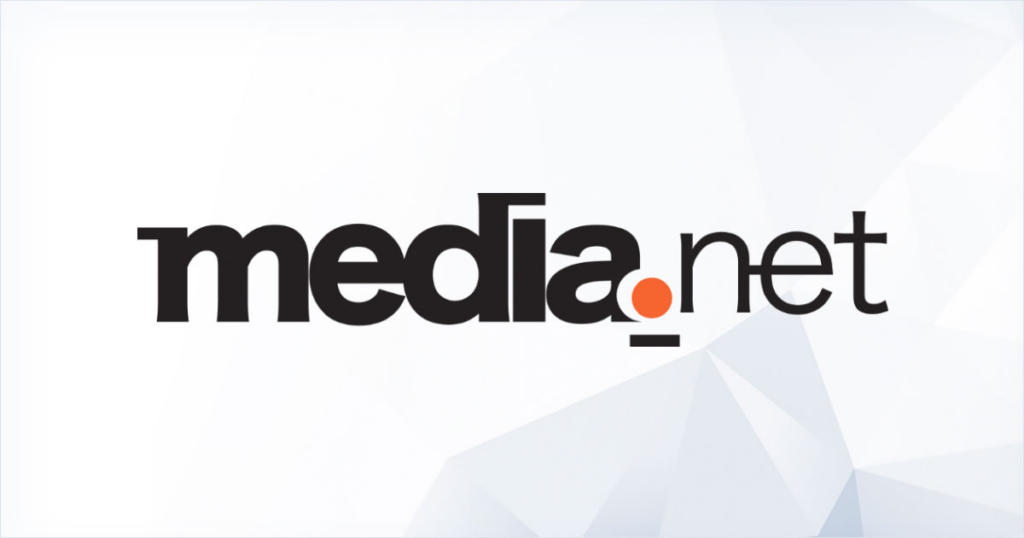
- Details: Media.net is a contextual ad network emphasizing relevance and high-quality ads. Suited for publishers valuing a balance between user experience and revenue, Media.net operates on a CPC model, and while there’s no strict minimum traffic requirement, higher traffic tends to yield better results.
- Model: CPC.
- Minimum Traffic: No specific minimum traffic requirement, but higher traffic tends to yield better results.
6. PropellerAds:
- Details: PropellerAds offers various revenue models (CPM, CPC, CPA, CPL), making it suitable for publishers of all sizes seeking diverse monetization options. With no specific minimum traffic requirement, PropellerAds provides flexibility for publishers exploring different ad formats.
- Model: CPM, CPC, CPA, CPL.
- Minimum Traffic: No specific minimum traffic requirement.
7. Infolinks:

- Details: Known for in-text advertising, Infolinks operates on a straightforward CPC model. Suited for publishers seeking additional monetization avenues, Infolinks has no specific minimum traffic requirement, making it accessible for publishers with various traffic levels.
- Model: CPC.
- Minimum Traffic: No specific minimum traffic requirement.
8. AdMob:
- Details: Designed for mobile app publishers, AdMob seamlessly integrates with mobile applications, operating on a CPC and CPM model. With no specific minimum traffic requirement, it caters to both emerging and established mobile app developers.
- Model: CPC, CPM.
- Minimum Traffic: No specific minimum traffic requirement, suitable for mobile app publishers.
9. Revcontent:

- Details: Revcontent focuses on CPC and is suitable for publishers with moderate to high traffic levels. Emphasizing content discovery and engagement, Revcontent provides personalized and non-disruptive ad experiences for users.
- Model: CPC.
- Minimum Traffic: Generally requires moderate to high traffic levels.
10. Sovrn (formerly VigLink):
- Details: Sovrn facilitates content-driven commerce, assisting publishers in monetizing through affiliate marketing. Operating on a CPA model, Sovrn is accessible to publishers with no specific minimum traffic requirement.
- Model: CPA (Cost Per Action).
- Minimum Traffic: No specific minimum traffic requirement.
11. Taboola:

- Details: Taboola is a content discovery platform suitable for publishers looking to promote their content and increase engagement. Operating on a CPC model, Taboola has no specific minimum traffic requirement.
- Model: CPC.
- Minimum Traffic: No specific minimum traffic requirement.
12. Outbrain:
- Details: Outbrain focuses on native advertising and content discovery, providing a platform for publishers to enhance user engagement. Operating on a CPC model, Outbrain has no specific minimum traffic requirement.
- Model: CPC.
- Minimum Traffic: No specific minimum traffic requirement.
13. Skimlinks:
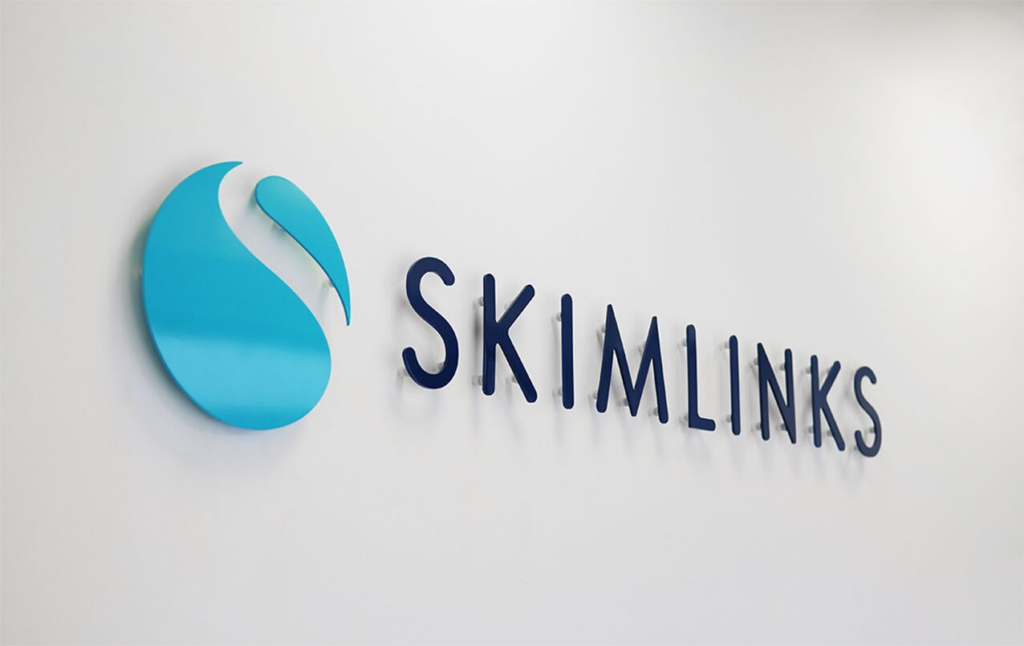
- Details: Skimlinks specializes in affiliate marketing, helping publishers monetize their content through relevant affiliate links. Operating on a CPA model, Skimlinks is accessible to publishers with no specific minimum traffic requirement.
- Model: CPA (Cost Per Action).
- Minimum Traffic: No specific minimum traffic requirement.
14. BuySellAds:
- Details: BuySellAds is a marketplace connecting publishers with advertisers directly, offering various ad formats. Operating on varying models (CPM, CPC, CPA), BuySellAds has no specific minimum traffic requirement.
- Model: Varies (CPM, CPC, CPA).
- Minimum Traffic: No specific minimum traffic requirement.
15. Conversant (formerly ValueClick):
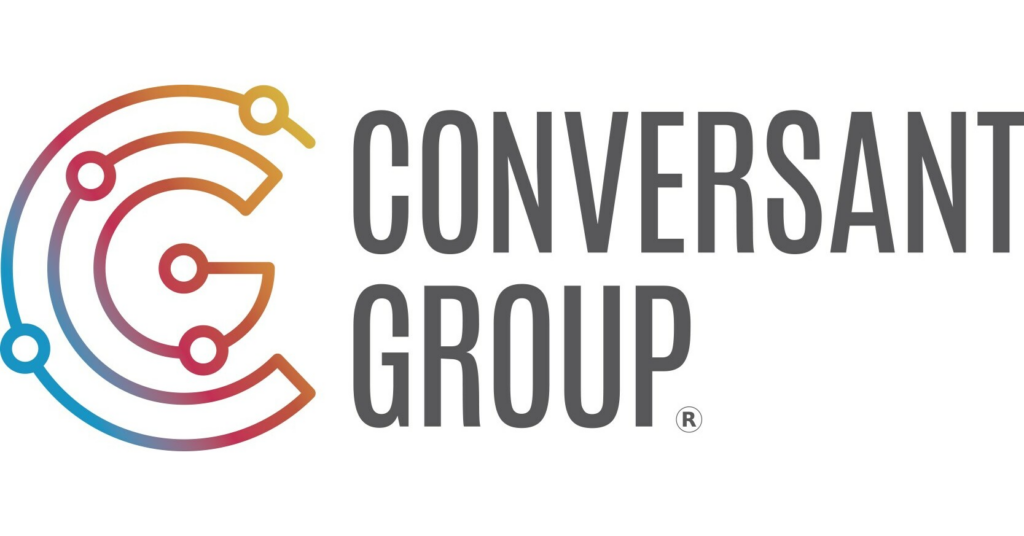
- Details: Conversant offers personalized digital marketing solutions, operating on varying models (CPM, CPC, CPA). Accessible to publishers with moderate to high traffic, Conversant emphasizes targeted advertising.
- Model: Varies (CPM, CPC, CPA).
- Minimum Traffic: Typically suitable for publishers with moderate to high traffic.
16. InMobi:
- Details: InMobi is a mobile advertising platform offering various ad formats and targeting options for app publishers. Operating on CPC and CPM models, InMobi is suitable for mobile app publishers with moderate to high traffic.
- Model: CPC, CPM.
- Minimum Traffic: Suitable for mobile app publishers with moderate to high traffic.
17. Epom:
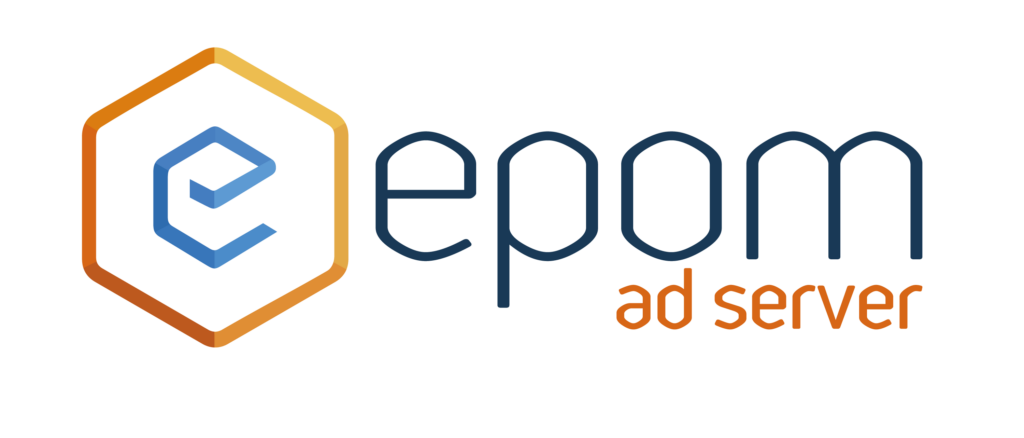
- Details: Epom is an ad serving platform providing solutions for display, video, and mobile advertising. Operating on varying models (CPM, CPC, CPA), Epom is accessible to publishers with no specific minimum traffic requirement.
- Model: Varies (CPM, CPC, CPA).
- Minimum Traffic: No specific minimum traffic requirement.
18. Magnite:
- Details: Magnite is a global advertising exchange focusing on programmatic advertising and header bidding. Operating on varying models (CPM, CPC), Magnite is suitable for publishers with moderate to high traffic.
- Model: Varies (CPM, CPC).
- Minimum Traffic: Typically suitable for publishers with moderate to high traffic.
19. OpenX:
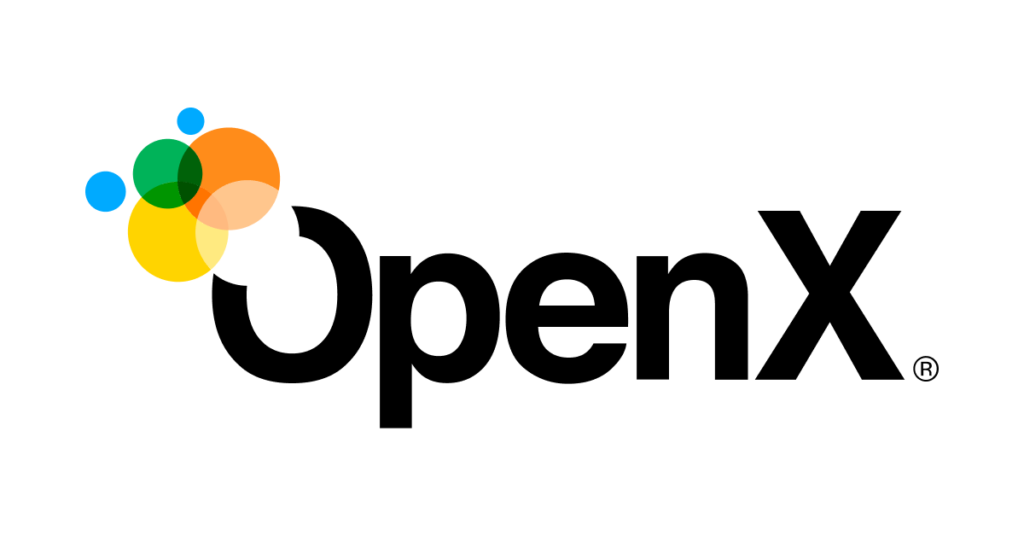
- Details: OpenX is an advertising exchange platform providing programmatic advertising solutions. Operating on varying models (CPM, CPC, CPA), OpenX is suitable for publishers with moderate to high traffic.
- Model: Varies (CPM, CPC, CPA).
- Minimum Traffic: Typically suitable for publishers with moderate to high traffic.
As publishers navigate the realm of advertising platforms, the choice ultimately hinges on individual needs and objectives. Consider factors such as the platform’s reach, ad format diversity, revenue models, and support infrastructure. By exploring our compiled list of the best ad networks, publishers can embark on a journey of discovery, selecting an advertising platform that aligns seamlessly with their unique content, audience, and monetization aspirations.
Conclusion
In the expansive realm of ad networks, the array of choices ensures that every publisher can discover their ideal solution. The key lies in carefully considering individual requirements before making decisions about specific ad networks or a combination thereof.
This curated list encompasses solutions tailored for publishers of varied sizes—be it small, large, or those seeking straightforward services. Choosing the right advertising network is paramount for efficient website monetization, and we recommend publishers undertake trials with different options to identify the ad network that aligns seamlessly with their goals and audience.
As the ad tech industry evolves, the dynamic nature of these networks requires publishers to stay adaptive and explore the evolving landscape of possibilities. The path to effective monetization involves not only selecting the right network but also continually assessing and adjusting strategies to optimize revenue. In closing, the journey to finding the perfect ad network is a nuanced one, but with thoughtful consideration and experimentation, publishers can unlock the full potential of their digital assets.
Frequently Asked Questions: Unveiling Insights into Ad Networks
What is an Ad Network?
- Answer: Ad networks serve as effective mediators in the digital advertising ecosystem. They efficiently manage and sell remnant ad inventory by aggregating unsold ad space from multiple publishers. This inventory is then categorized based on demographics, offering segmented impressions to advertisers seeking specific audience targeting.
Which Ad Network Pays the Most?
- Answer: Several ad networks are known for offering competitive payouts. Among the top contenders are:
- Google AdSense
- Media.net
- Adcash
- BuySellAds
- Propeller Ads
Each of these networks has its strengths, making them attractive options for publishers seeking optimal revenue generation.
Why Do Publishers Work with Ad Networks?
- Answer: Publishers collaborate with ad networks to capitalize on opportunities to monetize unsold inventory that may not be feasible through direct sales. Ad networks act as valuable intermediaries, helping publishers avoid revenue loss by connecting them with a broader range of advertisers. This collaborative approach ensures that publishers maximize their revenue potential and maintain a steady income stream.
These frequently asked questions shed light on the fundamental aspects of ad networks, from their core function to the pursuit of the most lucrative options and the strategic reasons behind publishers’ engagement with these dynamic platforms.


